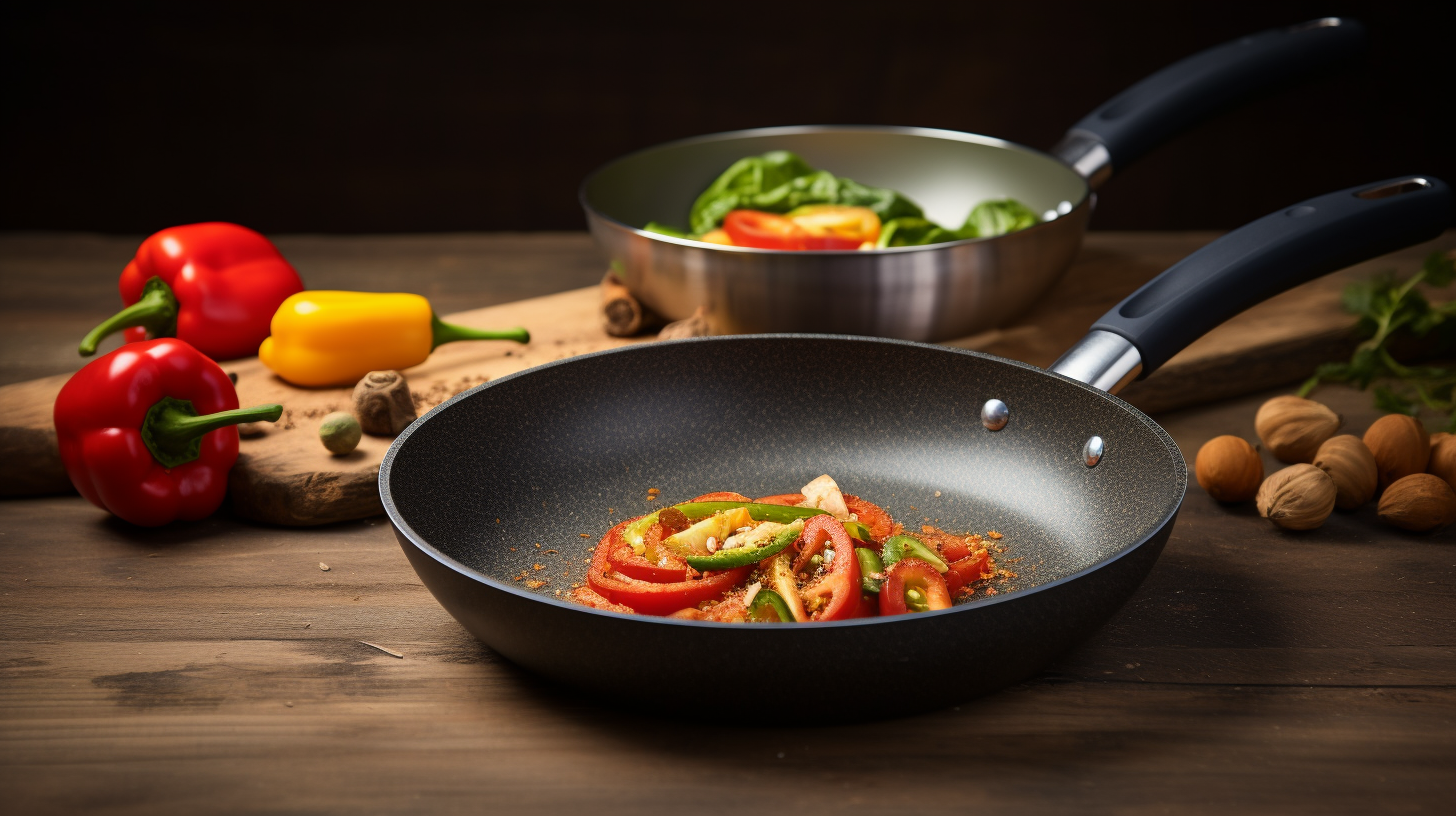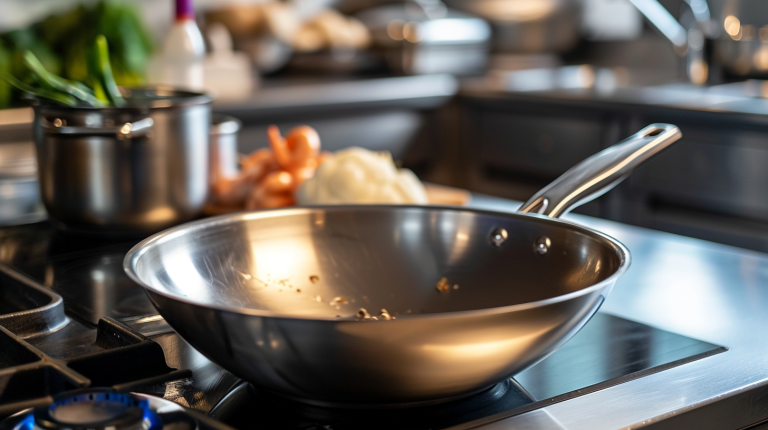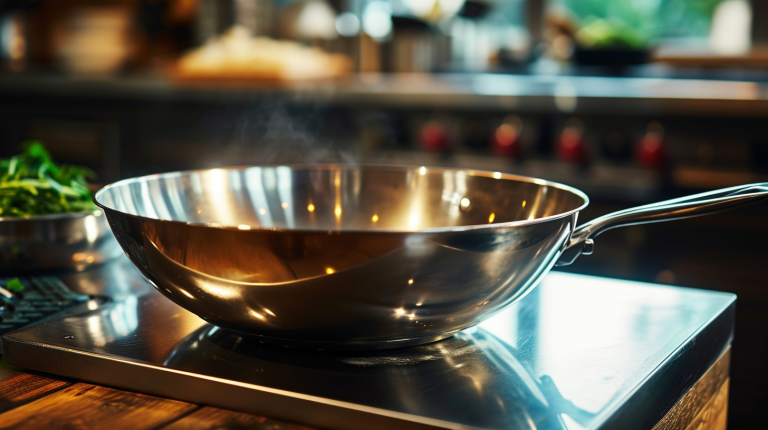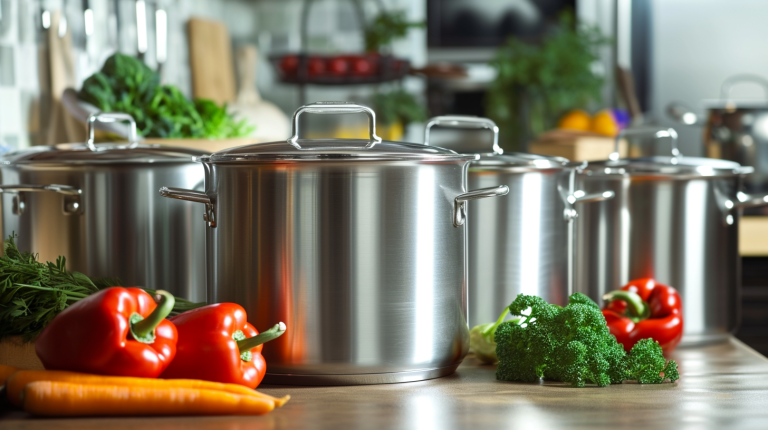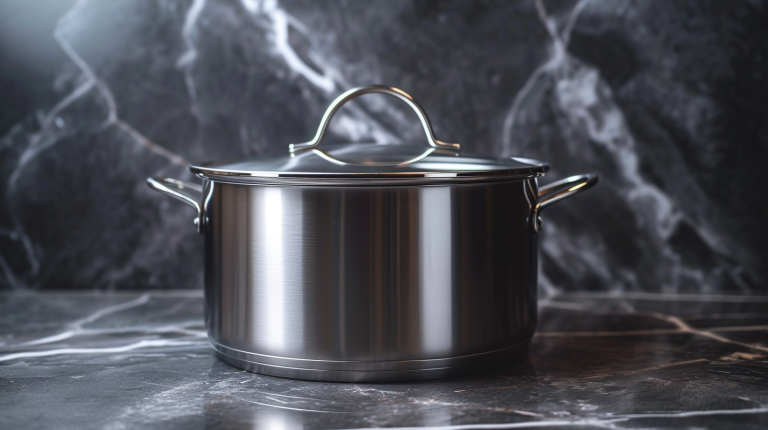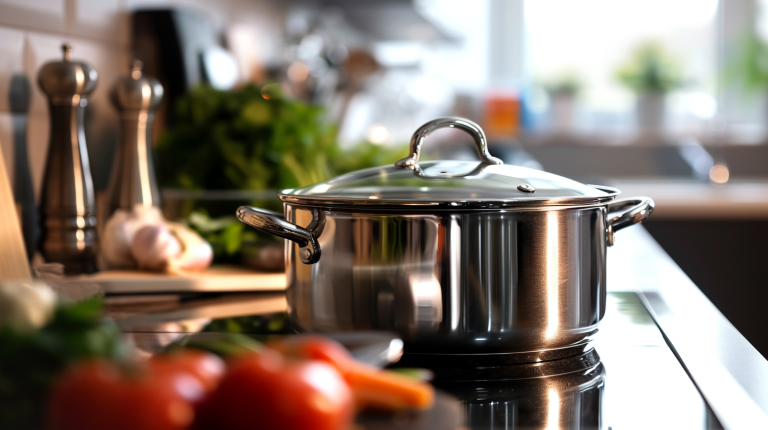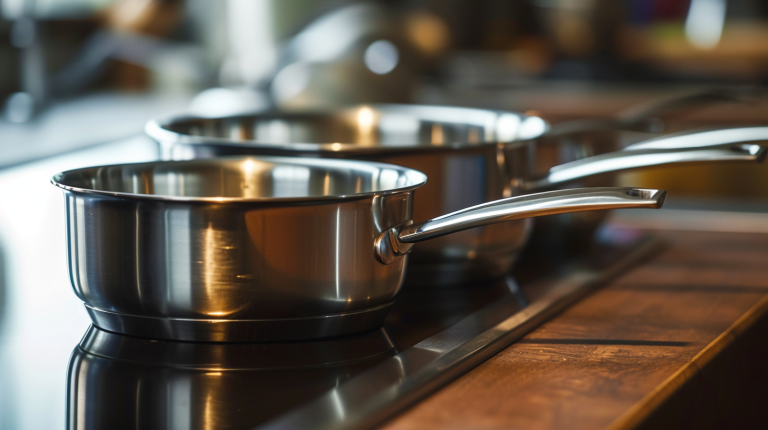In the realm of cookware, there is one type that has gained tremendous popularity over the years due to its user-friendly nature – non-stick cookware. This useful invention facilitates healthier cooking by allowing less oil usage and offers an easy cleaning experience. But have you ever wondered how these effective cooking tools are manufactured? Let’s dive deep into the process and unravel the science behind non-stick cookware’s manufacturing.
The Birth of Non-Stick Cookware
The origins of non-stick cookware date back to 1938 when Dr. Roy Plunkett accidentally invented a miraculous substance known as Polytetrafluoroethylene (PTFE), more commonly termed ‘Teflon.’ He discovered that when tetrafluoroethylene gas was pressurized, it polymerized into PTFE, a material with excellent non-stick properties.
Manufacturing Process Overview
Let’s delve into how these well-demand cookware pieces are manufactured.
Material Selection
The manufacturing journey starts with choosing the right base material, commonly aluminum or stainless steel, owing to their superior physical properties. The preferred material is shaped into discs, carefully cleaned, and polished to eliminate impurities and irregularities, and thus prepare them for coating.
Forming
Industrial hydraulic presses mold the metal disc into the desired form of the cookware. The machine operates based on pre-set parameters to shape the utensil correctly.
Edge processing
The next stage involves refining the edges of the cookware using a specialized edge-processing machine. This machine trims and shapes the edges according to the design outline—be it rolled edges or cut edges.
Cleaning and drying
Thorough cleaning step follows using a water-detergent mix, and then a high-powered air dryer swiftly dries the cookware.
Surface treatment
Surface treatment generally involves either polishing or sanding to enhance aesthetics and improve the adhesion quality of the future non-stick coating.
Coating
The non-stick coating consists of three layers. A primer layer forms the crucial bond between the base material and the remaining non-stick coating. The mid-coat, usually colored, helps augment the bonding process. This fortified layer serves as a sturdy base for the topcoat—the actual non-stick layer that comes into contact with food. Depending on brand specifications and the desired level of non-stickiness, multiple applications of this layer may be necessary.
Inspection
Once the coating process concludes, a rigorous inspection for quality and durability follows. Any discovered imperfections are rectified and, if necessary, re-coated.
Logo printing (optional)
The addition of a logo on the cookware varies based on customer specifications. If brand visibility is a priority for the customer, they will opt for a logo on the cookware.
Handle connecting
A variety of handle styles are available to meet different user preferences. Options include heat-resistant handles like bakelite or wooden handles, or ergonomic handles for comfort and convenience.
Packing
The culmination of the manufacturing process is packaging. Depending on the brand, packaging may be executed manually or through automation. Some brands might opt for characteristic packaging boxes to underline their brand identity.
The consequences of imperfect production processes
Imperfect production processes can have a significant impact on efficiency and profit. Reduced efficiency due to immature production processes will inevitably lead to delays in delivery. This will result in customers not being able to replenish their products in a timely manner. Failure to replenish supplies in a timely manner results in fewer products being sold and therefore lower profits earned. At the same time, delayed delivery will also affect the original logistics plan, incur additional logistics costs, and reduce profits.
Why is crucial to understand production process
The primary objective of comprehending the production process is to ensure improved control over product quality. Gaining insight into the production process enables you to identify a well-established and efficient factory. Such a factory will generally deliver superior quality products to its customers.
Conclusion
The process of manufacturing non-stick cookware, though complex, delivers an invaluable kitchen tool to users. So next time when you use your non-stick pan or pot, may you appreciate the science and technology that went into its creation. Happy cooking!


